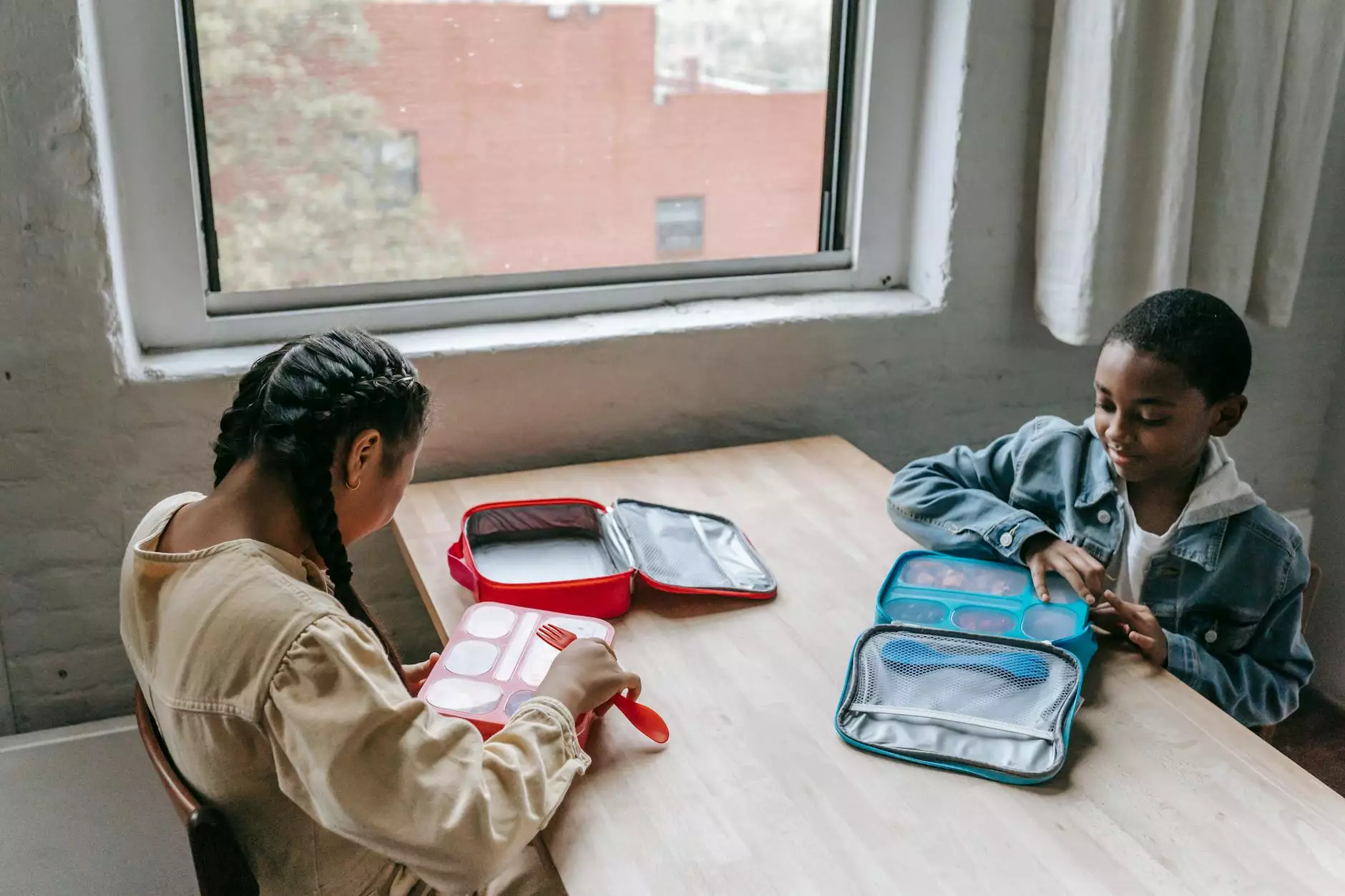Healthy Lunch Ideas As School Starts From Dept. Of Ag...
Food
The Importance of Healthy School Lunches
Eating a balanced and nutritious lunch is crucial for students as they begin a new school year. The Department of Agriculture's MyPlate program provides valuable guidance and recommendations on creating healthy meals. At Ageless Wisdom Magazine, we understand the importance of a nutritious diet and offer lifestyle tips and advice to help individuals lead healthier lives.
MyPlate Program's Guidelines for Healthy School Lunches
The MyPlate program emphasizes a well-rounded approach to eating, encouraging the inclusion of various food groups in each meal. By following these guidelines, students can fuel their bodies with essential nutrients necessary for growth, development, and overall well-being.
1. Incorporate a Variety of Fruits and Vegetables
Start by including a colorful assortment of fruits and vegetables in your child's lunchbox. Apples, strawberries, carrots, and cucumbers are all great choices packed with vitamins, minerals, and fiber. Encourage your child to try new produce options to expand their palate.
2. Choose Whole Grains
Opt for whole grain bread, wraps, or pasta when preparing sandwiches or main courses. Whole grains provide essential carbohydrates for energy and are higher in fiber compared to refined grains. Brown rice, quinoa, and whole wheat bread are excellent options to promote a balanced diet.
3. Include Lean Proteins
Proteins play a vital role in growth and development. Consider including lean sources such as chicken breast, turkey, beans, or tofu in your child's lunch. These options provide essential amino acids necessary for building and repairing tissues.
4. Don't Forget Dairy or Dairy Alternatives
Dairy products or dairy alternatives are excellent sources of calcium, which is essential for strong bones and teeth. Include low-fat yogurt, cheese, or fortified plant-based milk in your child's lunch to meet their calcium needs.
5. Encourage Healthy Snacks
In addition to a well-balanced meal, provide healthy snacks to keep your child energized throughout the day. Opt for options like nuts, seeds, yogurt, or sliced fruits to avoid sugary and processed snacks. Pack snacks in portion-controlled containers, maintaining ideal serving sizes.
Achieving a Balanced and Nutritious Lunch
Preparing a healthy lunch is not only about choosing the right foods but also about ensuring proper portion sizes. Use bento-style lunchboxes or compartmentalized containers to create a visually appealing and well-balanced meal. These containers make it easier to incorporate a variety of food groups.
Additional Tips for Healthy Lunches
Here are a few additional tips to help you create nutritious lunches for your child:
1. Involve your child in the meal planning process.
By involving your child in the meal planning process, they are more likely to eat and enjoy their lunch. Consider giving them choices within the recommended food groups to foster a sense of autonomy.
2. Pack a water bottle.
Encourage your child to drink water throughout the day by packing a refillable water bottle. Staying hydrated is essential for optimal performance and concentration in school.
3. Avoid sugary beverages and processed snacks.
Limit the consumption of sugary beverages and processed snacks, as they provide empty calories and may lead to energy crashes. Opt for healthier alternatives like water, unsweetened tea, or homemade fruit-infused waters.
4. Set a good example.
As a parent or guardian, setting a good example through your own dietary choices is vital. Make sure to incorporate healthy eating habits into your own daily routine to inspire your child to do the same.
Conclusion
Ensuring your child has a healthy lunch is an investment in their well-being and academic success. By following the guidelines provided by the MyPlate program, you can create nutritious and delicious lunches that will fuel their bodies and minds. At Ageless Wisdom Magazine, we are committed to promoting a healthy lifestyle and providing valuable information to help you make informed choices.




